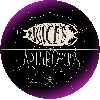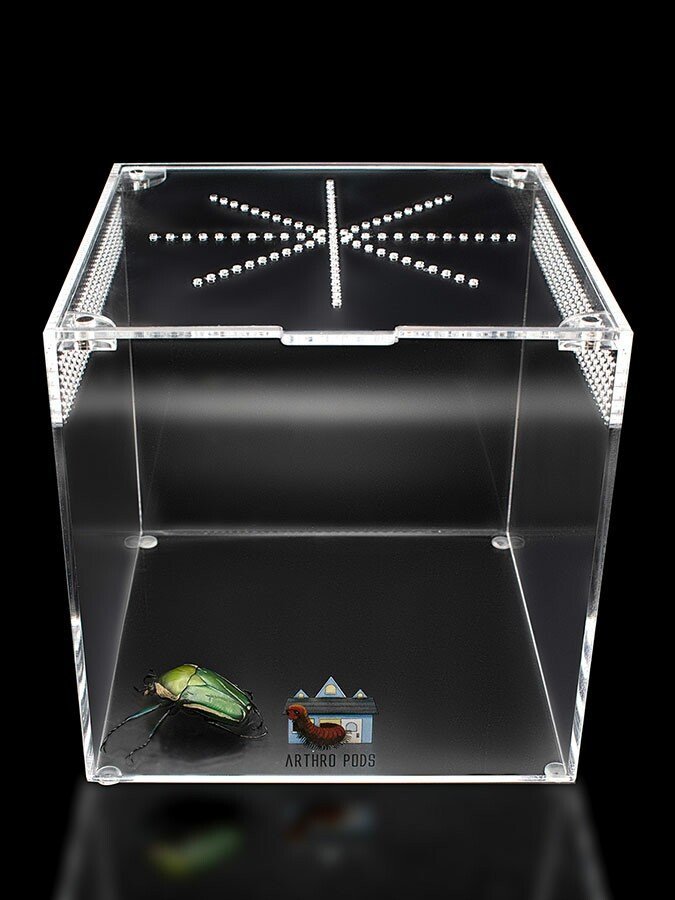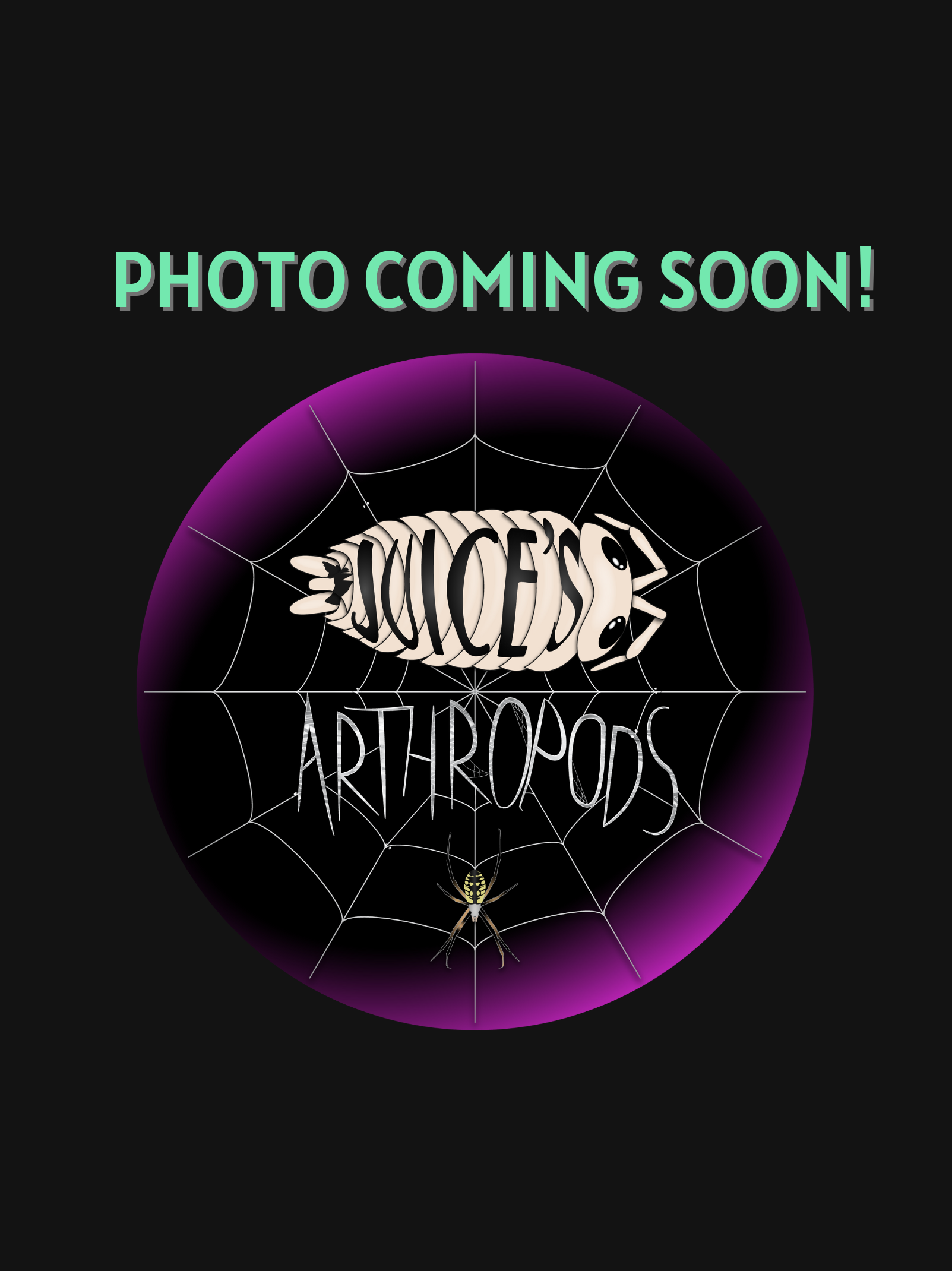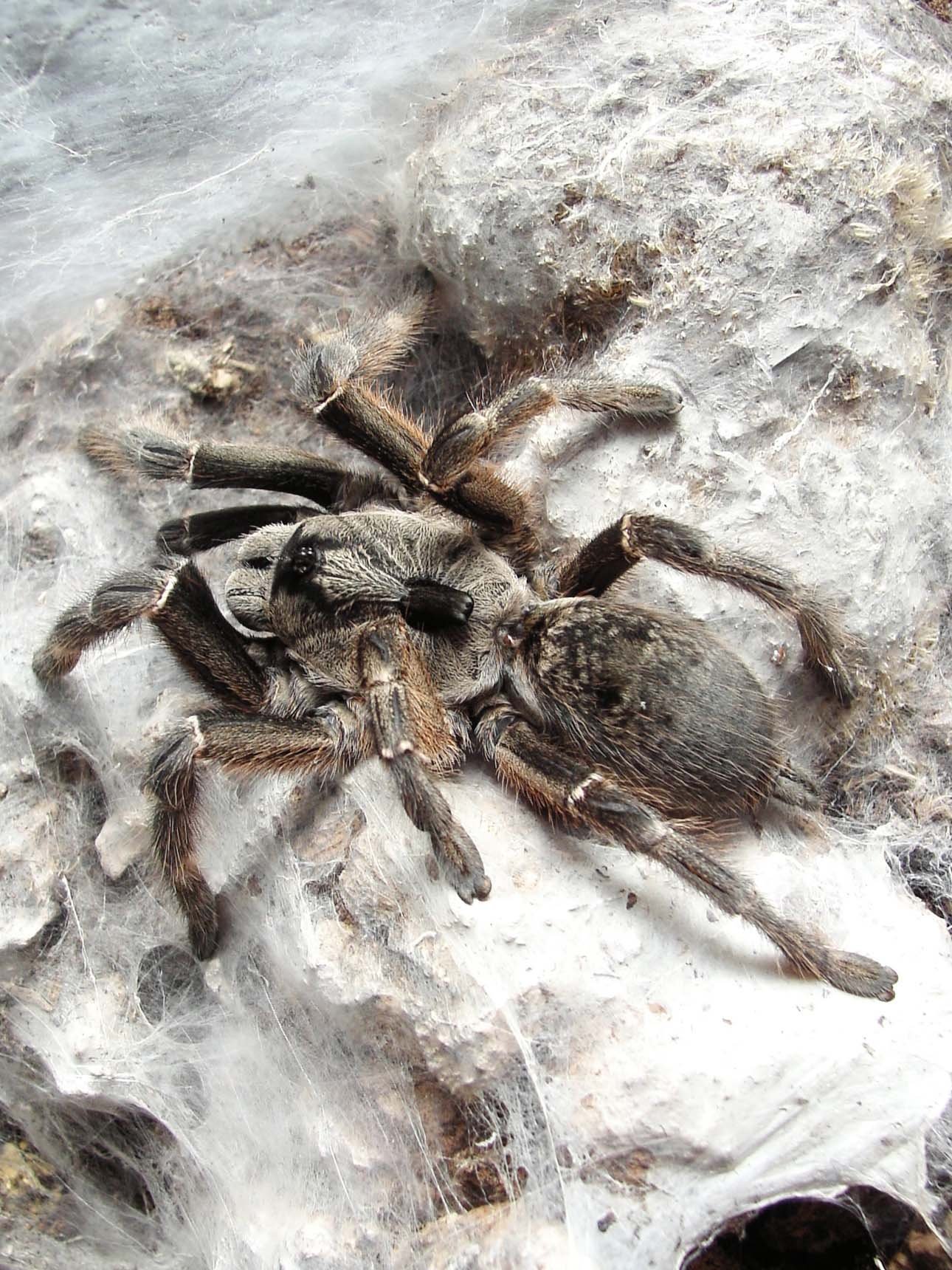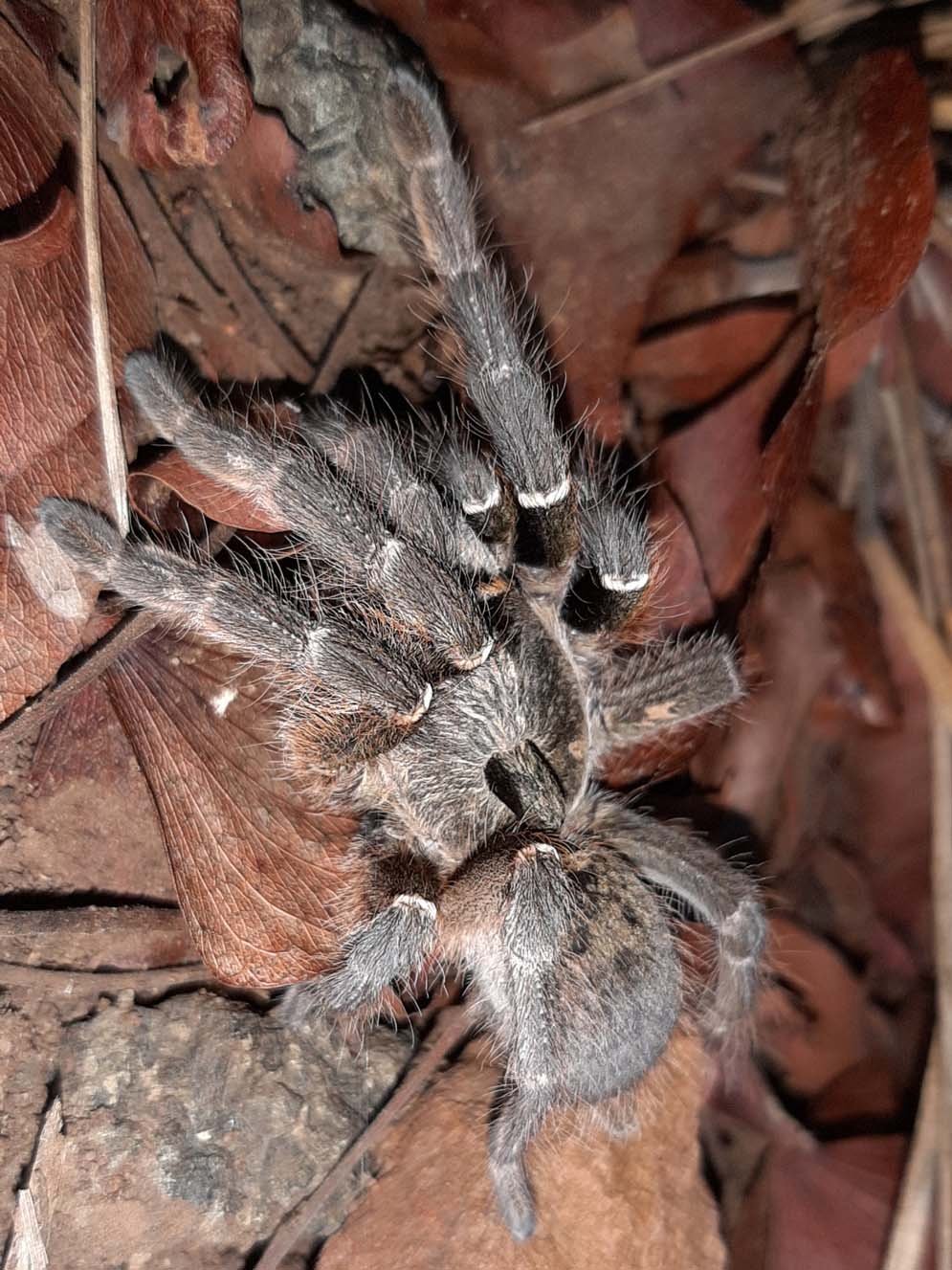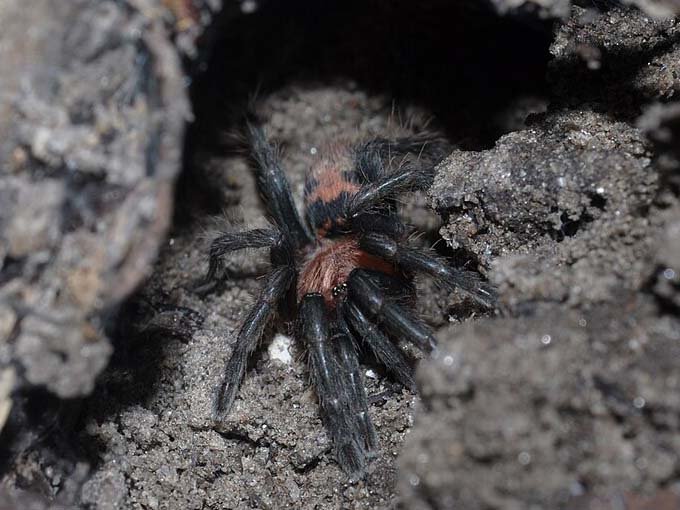What’s the ideal diet for a Blue Fang Tarantula?
All Tarantulas can eat a variety of feeders. We recommend crickets, dubia roaches, silkworms, horned worms occasionally, and a superworm or mealworm as the occasional treat!
How should I keep a Blue Fang Tarantula?
We recommend starting with the small Fossorial Fissure enclosure. When they are about ⅓ the size, you will want to either go to the medium or large Fossorial Fissure enclosure. As slings, feed them once a week, twice if their opisthosoma (abdomen) looks small, but if the opisthosoma is wider than their prosoma (cephalothorax), then wait a couple of days to feed. For juveniles or adults, stick to feeding once a week, nothing larger than their opisthosoma. Make sure to keep a full water dish at all times; wider and deeper is fine. Your Tarantula can’t drown; they float on water.
How long could a Blue Fang Tarantula live?
Ephebopus cyanognathus females are known to live between 13-15 years, while males live between 3-4 years on average. These are the best estimates from multiple sources.
Some photos provided by iNaturalist and Wikipedia, credit to:
Guillaume Delaitre, some rights reserved (CC BY)
Factumquintus, some rights reserved (CC BY-SA 3.0)
Thibaud Aronson, some rights reserved (CC BY-SA)

